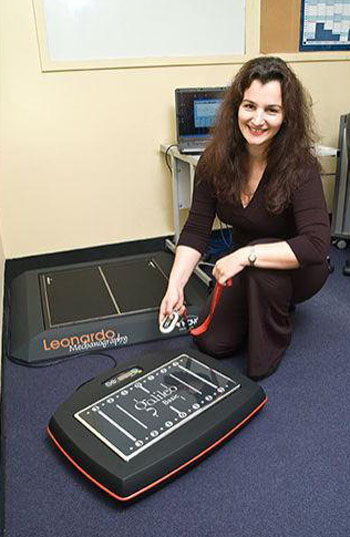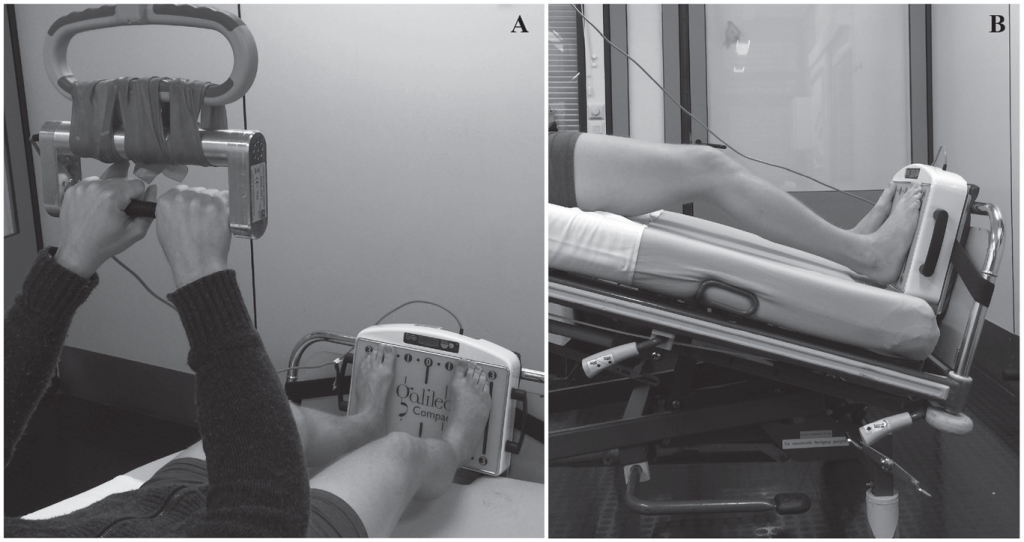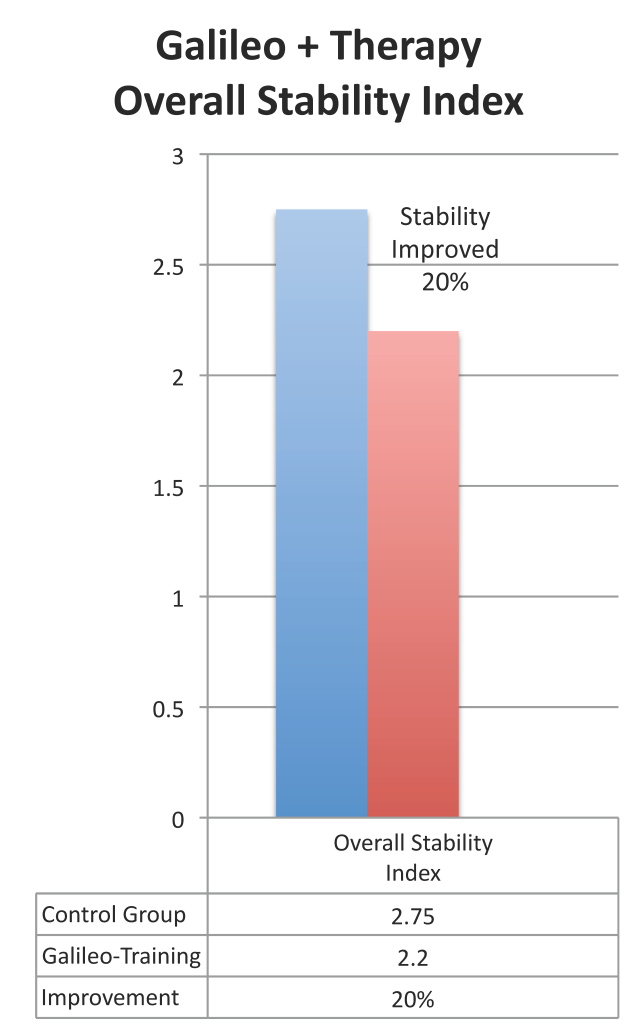Eur Child Adolesc Psychiatry, 2018; 27(5): 645-662, PMID: 29119301 ![]()
Whole body vibration added to treatment as usual is effective in adolescents with depression: a partly randomized, three-armed clinical trial in inpatients.
Year: 2018
Wunram HL, Hamacher S, Hellmich M, Volk M, Janicke F, Reinhard F, Bloch W, Zimmer P, Graf C, Schonau E, Lehmkuhl G, Bender S, Fricke O
Department of Child and Adolescent Psychiatry, Psychosomatics and Psychotherapy, University Hospital of Cologne, Cologne, Germany. heidrun-lioba.wunram@uk-koeln.de.
Abstract
There is growing evidence for the effectiveness of exercise in the treatment of adult major depression. With regard to adolescents, clinical trials are scarce. Due to the inherent symptoms of depression (lack of energy, low motivation to exercise), endurance training forms could be too demanding especially in the first weeks of treatment. We hypothesized that an easy-to-perform passive muscular training on a whole body vibration (WBV) device has equal anti-depressive effects compared to a cardiovascular training, both administered as add-ons to treatment as usual (TAU). Secondly, we presumed that both exercise interventions would be superior in their response, compared to TAU. In 2 years 64 medication-naive depressed inpatients aged 13-18, were included. Both exercise groups fulfilled a supervised vigorous training for 6 weeks. Depressive symptoms were assessed by self-report (“Depressions Inventar fur Kinder und Jugendliche”-DIKJ) before intervention and after weeks 6, 14 and 26. Compared to TAU, both groups responded earlier and more strongly measured by DIKJ scores, showing a trend for the WBV group after week 6 (p = 0.082). The decrease became statistically significant for both intervention groups after week 26 (p = 0.037 for ergometer and p = 0.042 for WBV). Remission rates amounted to 39.7% after week 6 and 66% after week 26, compared to 25% after week 26 in TAU. These results provide qualified support for the effectiveness of exercise as add-on treatment for medication-naive depressed adolescents. The present results are limited by the not randomized control group.
Keywords: UniReha, Cologne Concept, Depression
GID: 4552; Last update: 14.11.2017




